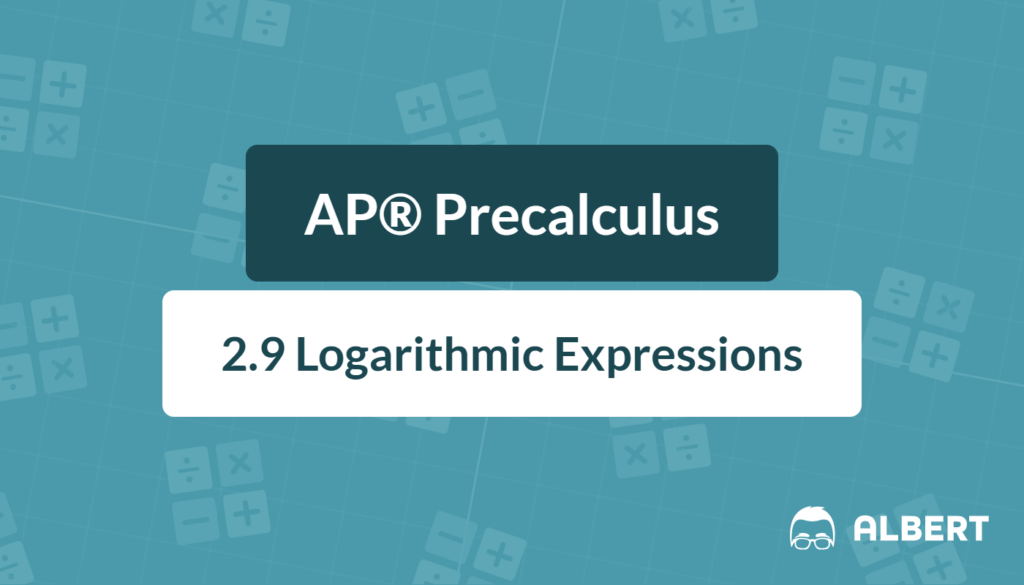What We Review
Introduction
Logarithmic expressions might seem complicated at first, but they’re just another way to represent exponents. Grasping logarithms in precalculus is crucial for tackling many problems. This article aims to break down section 2.9 logarithmic expressions from AP® Precalculus, making them easy and approachable for beginners.
What is a Logarithm?
At its core, a logarithm asks, “To what power must you raise a number to get another number?” If this seems confusing, remember that logarithms and exponents are closely related.
In mathematical terms, the expression (\log_b c = a) means that (b^a = c). Here, the logarithm identifies the exponent (a) when the base (b) is raised to it to achieve (c).
Evaluating Logarithmic Expressions
To evaluate a logarithmic expression, start by identifying the base and the number you want to achieve. Many times, you can use basic arithmetic, though sometimes technology is handy for more complex numbers.
Example 1: Evaluating (\log_2 8)
- Identify the base (b = 2) and the number (c = 8).
- Rewrite the expression as an exponential equation: 2^a = 8.
- Determine (a): Since 2^3 = 8, it follows that \log_2 8 = 3.
The Logarithmic Scale

Logarithmic scales are useful for dealing with a vast range of quantities, like sound intensity or earthquake strength. Unlike a linear scale where each step is equal, logarithmic scales jump in orders of magnitude.
Example 2: Understanding a Logarithmic Scale of Hearing Ranges
Sound intensity is measured in decibels (dB), and a change of 10 \text{ }dB signifies a tenfold increase in intensity. For instance, if a whisper is measured at 20 \text{ }dB, a normal conversation at 60 \text{ }dB is not three times but rather ten thousand times more intense!
Properties of Logarithms
Logarithms have several key properties that simplify complex expressions. These include:
- Product Rule: \log_b(m \cdot n) = \log_b m + \log_b n
- Quotient Rule: \log_b\left(\frac{m}{n}\right) = \log_b m - \log_b n
- Power Rule: \log_b(m^n) = n \cdot \log_b m
Example 3: Using the Product Rule
Simplify (\log_3 9 + \log_3 4):
- Apply the Product Rule: (\log_3(9 \cdot 4)) = (\log_3 36).
Applications of Logarithmic Expressions
Logarithms are not just theoretical; they have practical applications:
- Science: We can measurepH levels logarithmically.
- Technology: Computation processes utilize them for efficient data handling.
- Finance: Logarithms help calculate compound interest.
Practice Problems
Try evaluating these logarithmic expressions:
- (\log_5 25)
- (\log_{10} 0.01)
- (\log_2 16)
To check your answers:
- (\log_5 25 = 2)
- (\log_{10} 0.01 = -2)
- (\log_2 16 = 4)
Quick Reference Chart
| Term | Definition |
| Logarithm | Indicates the power to which a base must be raised to produce a given number. |
| Base (b) | The number that is raised to a power in a logarithmic expression. |
| Exponent (a) | The resulting value when a base is raised to a specific power. |
| Common Logarithm | A logarithm with base 10, expressed as (\log c). |
| Natural Logarithm | A logarithm with base (\text{e}), represented as (\ln c). |
| Logarithmic Scale | A scale where each unit represents a multiplicative change rather than a fixed additive one. |
Conclusion
Understanding logarithmic expressions is key for success in AP® Precalculus. Regular practice will help demonstrate their importance and versatility. Hence, logarithms extend beyond math class, impacting technology, science, and finance.
Sharpen Your Skills for AP® Precalculus
Are you preparing for the AP® Precalculus exam? We’ve got you covered! Try our review articles designed to help you confidently tackle real-world math problems. You’ll find everything you need to succeed, from quick tips to detailed strategies. Start exploring now!
Need help preparing for your AP® Precalculus exam?
Albert has hundreds of AP® Precalculus practice questions, free responses, and an AP® Precalculus practice test to try out.









